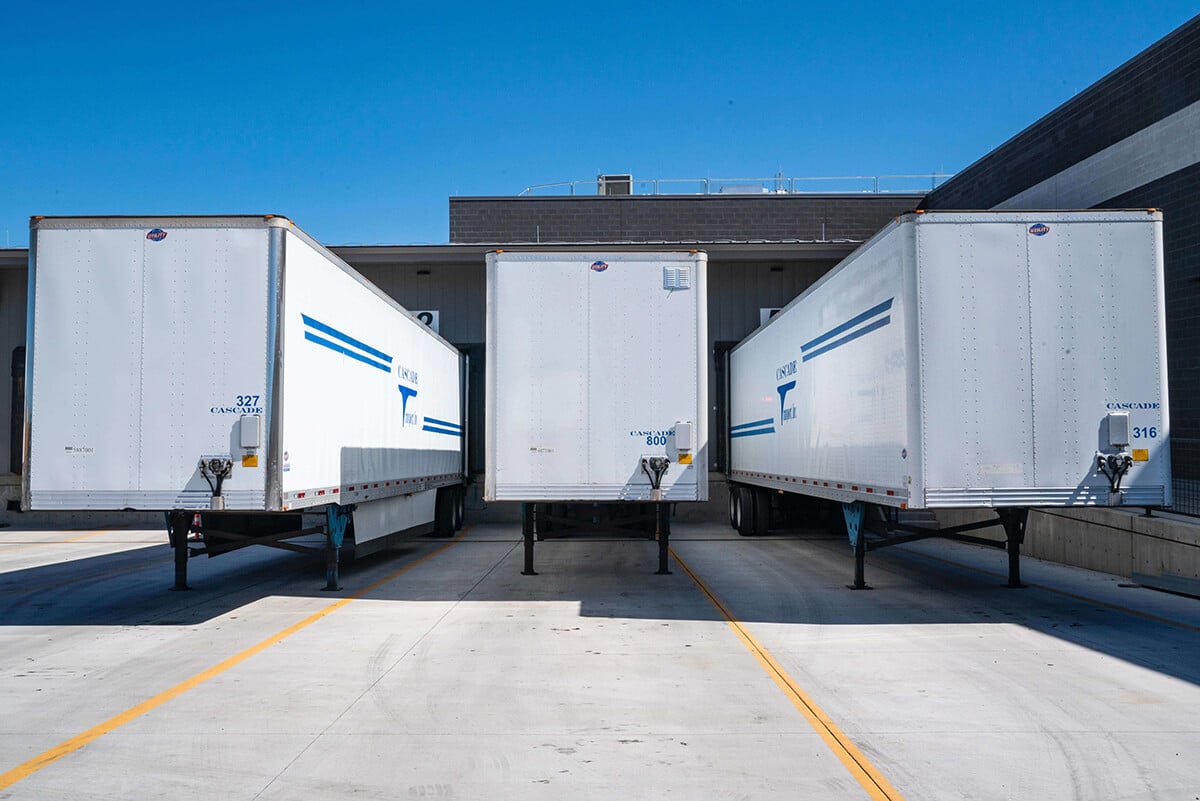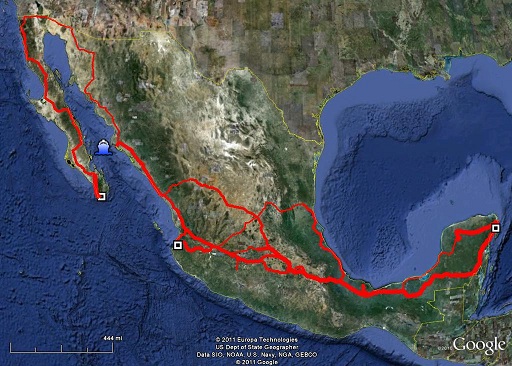Nowadays, from the total supplies used by the hotel and restaurant industry in Mexico, the spent destined for food is higher than 70% and it includes fruits and vegetables, beef, chicken, fish and seafood, among others (including canned food and beverages) [*1]. For these so called “consumption centers”, reducing the total supply cost of these products would have a positive impact in their competitiveness.

This was the premise of the study by TIS Consulting Group to provide recommendations to the Secretariat of Agriculture, Livestock, Rural Development, Fishing and Food (SAGARPA, Spanish acronym), which seeks to promote tourist centers and support agricultural producers in Mexico. The most important touristic centers in Mexico, being the main tourism-based income generators are: Cancun and the Mayan Riviera in Quintana Roo, Puerto Vallarta in Jalisco, the Nayarit Riviera and Los Cabos Corridor in BCS. These centers were the subject of study.
Among other objectives, was the use of analytical optimization tools to determine the potential competitive advantages presented in these chains. One of the main findings of the study is that agricultural producers find difficult to accomplish demand and financial requirements of the centers of tourist consumption, by themselves. This causes an excessive involvement of intermediaries which add costs of supply for the touristic centers, and a limited relationship between producers and buyers; making the traditional supply chain inefficient, inflexible and raising the costs of products on the market. As a result, touristic centers become less competitive.
The underlying objective is to move from traditional to modern supply chains. Through the design of an efficient logistics network between the producer and the client (in this case in the tourist area) using optimization tools. The modern supply scheme proposed a consolidation facility closer to production, with a direct link to distribution centers located in the different tourist areas.

EXAMPLE OF THE EXPECTED FLOW VOLUME OF FRUITS AND VEGETABLES FROM PRODUCTION ZONES TO THE MAIN TOURISTIC CENTERS CONSIDERED IN THE STUDY (SCENARIO OF DEMAND AT 50%)
To assist in the network design a mathematical mixed integer programming model was used, to find an optimal result given a certain number of decision variables. This model generates the lowest possible and feasible cost based mainly on p-median plant location model and transport model. The decision variables considered to minimize these costs are:
- The opening of a storage and consolidation facility in a specific Rural Development District (RDD) (based on their agricultural production).
- Which consolidation center should supply which tourist distribution centers in the given time periods.
- The number of pounds shipped from each consolidation center to each destination.
The model follows some assumptions and several restrictions; such as RDDs’ production capacity, tourist centers’ demand coverage, and the minimum shipment from the RDDs, among others.
The proposed logistics strategy is based on the optimization model and was created to get results for different scenarios. These were developed based on the agricultural products demand. One of the analyzed scenarios covers 50% of the demand generated by the consumption centers. In this scenario the results were:
- 30 RDDs are required to provide 53,000 tons of agricultural products.
- In detail, 35,000 tons of fruit and vegetables would be supplied by 10 RDDs, while 9 RDDs would supply 10 thousand tons of chicken and meat, and finally 7,000 tons of seafood products by 16 RDDs.
A feasibility analysis was done, and it provides an economic interpretation of the benefits to be obtained from the distribution strategy mentioned. These benefits would not only be for farmers and fishermen but for consumers in the touristic centers as well, thus contributing to the competitiveness of both sectors.
Based on the model’s results recommendations and conclusions were made for a gradual implementation of a logistic network and a modern supply chain. SAGARPA’s objective was supported by the used of analytical tools to create public policies that boost agricultural producers benefits derived from tourism consumption in Mexico.
Contact Us
We’d Love To Hear From You!
If you have any questions or comments about this article or are interested in learning more about our business consulting services, we invite you to contact us. We'll be happy to assist you.
References:
[*1] Universidad La Salle Cancún. 2002. Análisis de la Estructura de la Demande de Insumos y Productos para el Sector Turístico en el Caribe Mexicano. Instituto de Investigaciones Turísticas. http://www.touriststats.com.